Best Timing for Awning Repairs
Timing for awning repairs depends on weather conditions, usage frequency, and the extent of damage. Performing repairs during mild weather minimizes disruptions and prevents further deterioration caused by harsh elements.
Spring and early summer are ideal for awning repairs due to favorable weather conditions and longer daylight hours.
Repair work during rainy or winter months can be challenging and may lead to delays or compromised work quality.
Visible tears, mold growth, or fabric sagging suggest repairs should be scheduled promptly to prevent further damage.
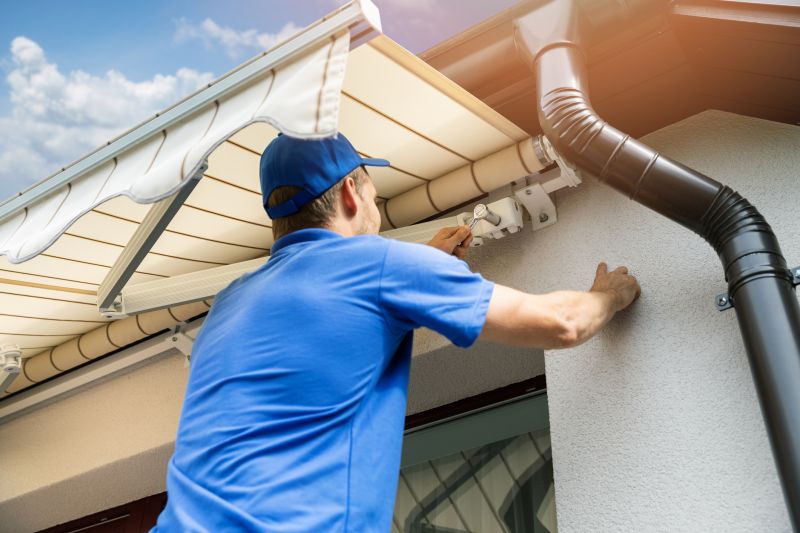
Ways to make Awning Repairs work in tight or awkward layouts.
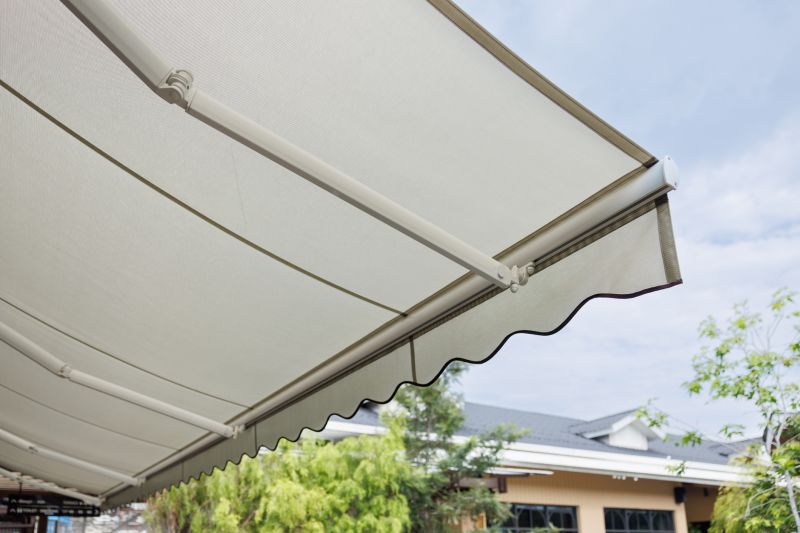
Popular materials for Awning Repairs and why they hold up over time.
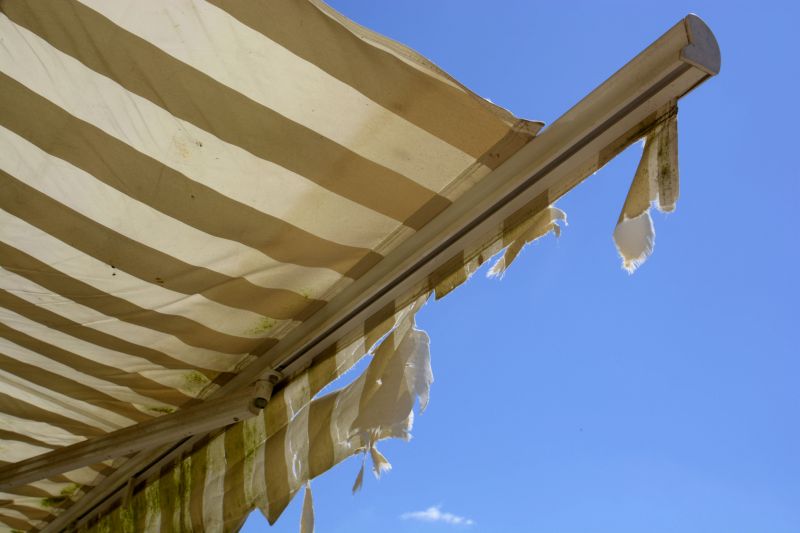
Simple add-ons that improve Awning Repairs without blowing the budget.
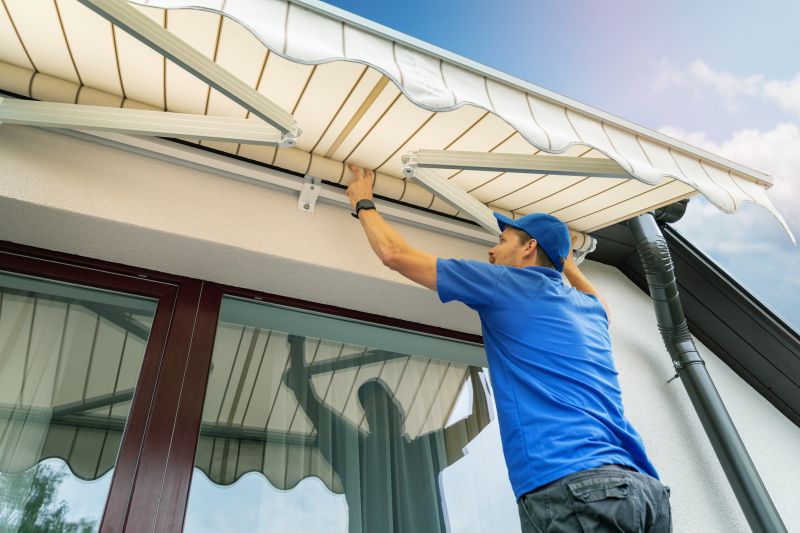
High-end options that actually feel worth it for Awning Repairs.
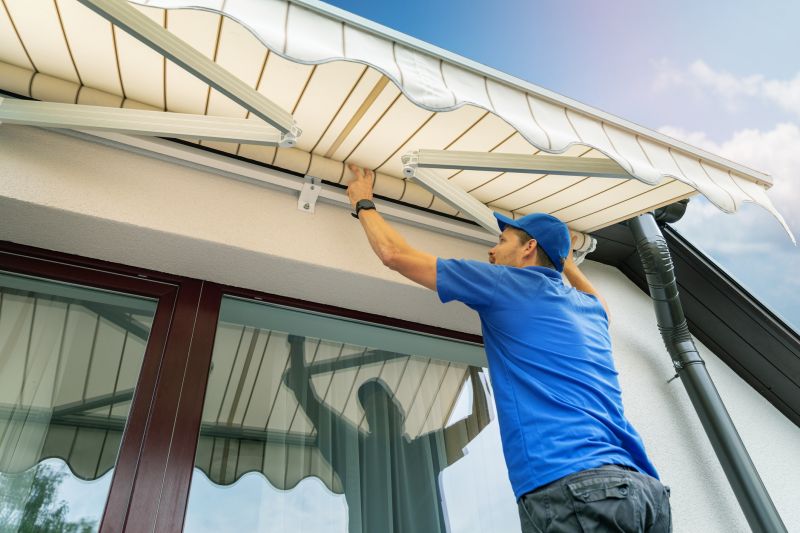
Finishes and colors that play nicely with Awning Repairs.
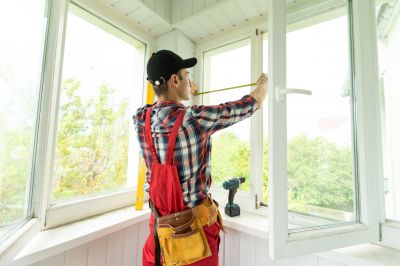
Little measurements that prevent headaches on Awning Repairs day.
| Season | Best Practice |
|---|---|
| Spring | Ideal for minor repairs and maintenance before peak usage. |
| Summer | Suitable for extensive repairs due to longer daylight and warm weather. |
| Fall | Good for repairs before colder weather sets in, avoiding winter delays. |
| Winter | Generally discouraged unless urgent repairs are needed, due to weather constraints. |
Awning repairs are essential for maintaining the functionality and appearance of outdoor shading structures. Timely repairs can extend the lifespan of an awning, prevent further damage, and ensure continued protection from sun and rain. Regular inspections help identify issues early, such as fabric tears, frame rust, or mechanical failures. Addressing these problems promptly can reduce repair costs and avoid complete replacements.
